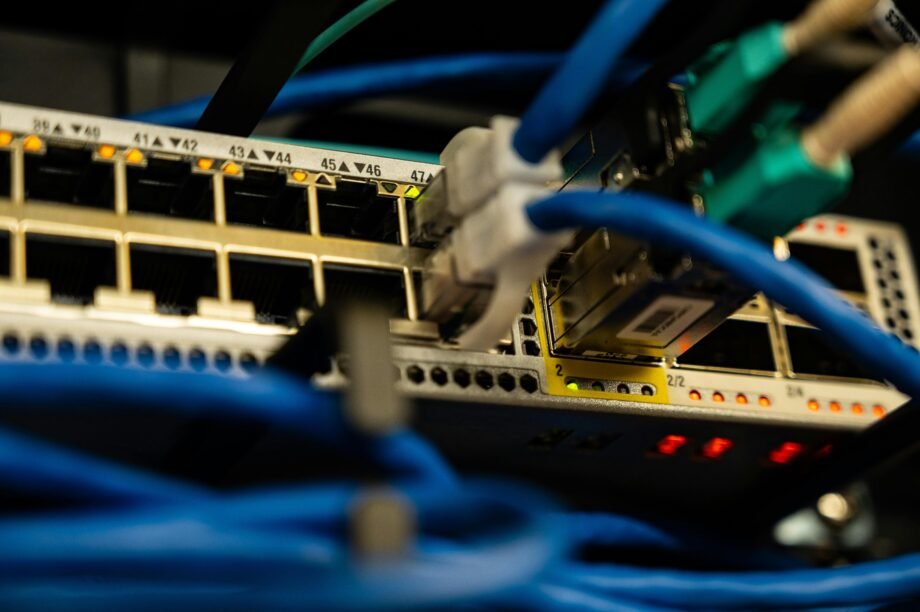Are you dealing with a sluggish internet connection that interrupts your browsing, streaming, or work productivity? Here’s a straightforward, actionable guide to help you troubleshoot and enhance your internet speed effectively.
1. Restart Your Router and Modem
- Why It Helps: Routers and modems can slow down when they’ve been running for an extended period. Restarting them clears any glitches or minor issues that may be causing your connection to lag.
- How to Do It: Unplug your router and modem, wait 10 seconds, then plug them back in. Wait for the lights to stabilize before testing your connection.
2. Check for Network Congestion
- Why It Helps: Multiple users or devices on a network can cause congestion and slow down your internet speed, especially during peak hours.
- Solution: Disconnect any unnecessary devices from your Wi-Fi, and limit bandwidth-heavy activities like streaming or gaming when others need the internet for essential tasks.
3. Optimize Router Placement
- Why It Helps: Physical obstacles, walls, and other electronics can interfere with Wi-Fi signals.
- How to Do It: Place your router in a central, elevated location, away from walls, electronics, and metal surfaces. Ideally, it should be near the primary devices you use.
4. Use a Wired Connection for Stability
- Why It Helps: Wired connections (Ethernet) are faster and more stable than Wi-Fi, especially for high-bandwidth activities like gaming or streaming HD content.
- How to Do It: Connect your computer or gaming console directly to the router using an Ethernet cable for a stable connection.
5. Update Router Firmware
- Why It Helps: Manufacturers release firmware updates to improve performance and fix bugs that can slow down your connection.
- How to Do It: Log into your router’s admin panel (often at an IP like
192.168.1.1), go to the firmware or software section, and check for updates.
6. Run a Speed Test
- Why It Helps: Running a speed test helps determine if you’re getting the speed you pay for. It also identifies whether the problem is with your ISP or your setup.
- How to Do It: Use websites like Speedtest.net to check your download and upload speeds. Compare them with your ISP’s promised speeds.
7. Switch to a Less Crowded Wi-Fi Channel
- Why It Helps: If you live in a densely populated area, your Wi-Fi signal may overlap with others on the same channel, causing interference.
- How to Do It: Log into your router’s settings, and try switching to channels 1, 6, or 11 if you’re using a 2.4 GHz connection. Alternatively, try 5 GHz, which has less interference.
8. Limit Background Applications and Auto-Updates
- Why It Helps: Apps and devices that automatically update or sync can consume bandwidth in the background, slowing down your connection.
- How to Do It: Close unused apps and limit auto-updates. Check for system or app updates only during times when you don’t need high-speed internet.
9. Use a Wi-Fi Extender or Mesh Network
- Why It Helps: Extenders and mesh networks expand coverage, especially in large homes or areas with weak Wi-Fi signals.
- How to Do It: Purchase and set up a Wi-Fi extender or a mesh system. Follow the manufacturer’s instructions to boost your Wi-Fi coverage.
10. Upgrade Your Internet Plan
- Why It Helps: Sometimes, your internet needs outgrow your plan’s capabilities, especially if multiple people are streaming, gaming, or working simultaneously.
- How to Do It: Contact your ISP to discuss a plan upgrade that meets your household’s bandwidth requirements.
